Steam has two components: 1] the latent heat useful in process for Heat transfer, and 2] the Sensible heat in the form of condensate having only the heat content not useful in process, rather hindering Heat transfer and causing damage to piping equipment due to its presence. Hence, there is need to remove condensate and trapped steam. This is done by Steam trap.
The Thermodynamic Trap works on the principle of difference in the velocities of Steam and Condensate. Used Mainly on Drip lines of the main steam distribution line, uses condensate pressure to open the trap and discharge the condensate and then the Flash steam formed due to the high flash steam velocity & accumulation of flash steam over disc, Device close and trap the live steam when it appears.
Thermodynamic Steam Trap are compact and lightweight and discharge condensate as and when it is formed.
Enquire Now

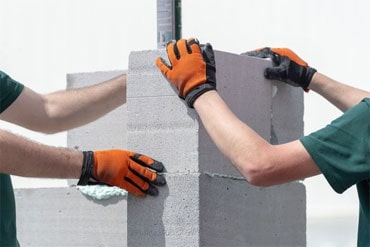 Aerated Concrete Block Industry
Aerated Concrete Block Industry 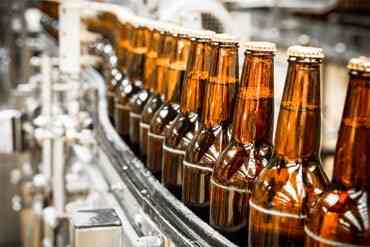 Brewery Industry
Brewery Industry 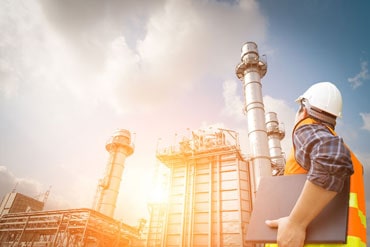 Captive Cogen Industry
Captive Cogen Industry  Chemical Industry
Chemical Industry  Dairy Industry
Dairy Industry 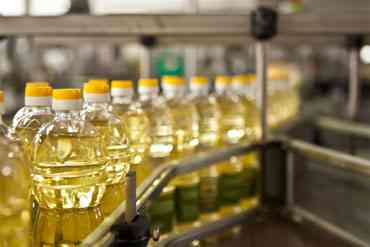 Edible Oil Industry
Edible Oil Industry 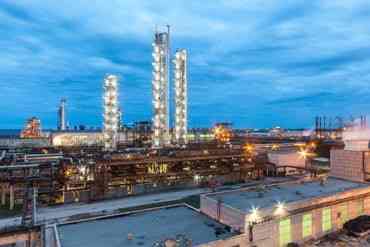 Fertilizer Industry
Fertilizer Industry  Hotel Industry
Hotel Industry 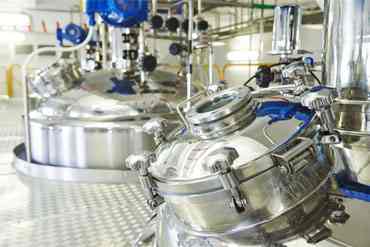 Pharma Industry
Pharma Industry 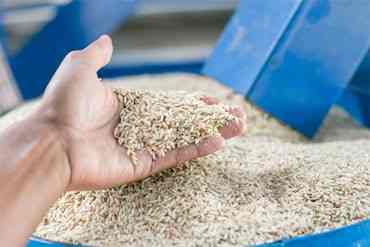 Rice Industry
Rice Industry 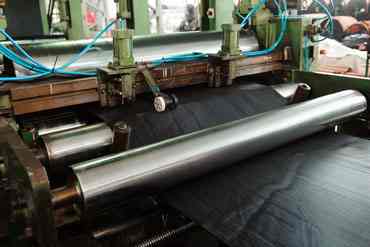 Rubber Industry
Rubber Industry  Soap Industry
Soap Industry 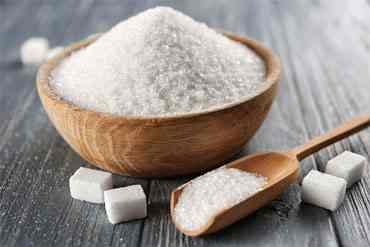 Sugar Industry
Sugar Industry  Textile Industry
Textile Industry 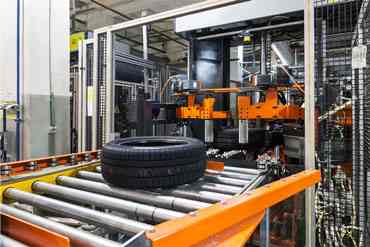 Tyre Industry
Tyre Industry
UTD 51R
UKL Thermodynamic steam trap in Forged construction as per ASTM A105, with Integral Flanges and Replaceable Seat arrangement.
(NB)
Screwed- BSP / BSPT / NPT
Socket Weld
Datasheet (Metric)
UTD 55 / UTD 55F
UKL Thermodynamic Steam Trap in cast stainless steel construction as per ASTM A743 Gr.CA40,
Screwed-BSP/BSPT/NPT
Socket weld
Flanged #150/#300(weld-on)
With blow-down cock
IBR/Non-IBR
Instruction Manual (Metric)
Datasheet (UTD 55)
UTD 62
UKL Thermodynamic Steam Trap in alloy steel construction as per ASTM A217 Gr WC6 (with Replaceable Seat)
Screwed-BSP/BSPT/NPT
Socket weld
Butt weld
Flanged #150/#300/#600
IBR / Non-IBR
Flanged #900
Instruction Manual (Metric)
Datasheet (UTD 62)
UTD 120
UKL Thermodynamic Steam Trap in alloy steel construction as per ASTM A182 Gr F22 (with Replaceable Seat)
Socket weld
Butt weld
IBR / Non-IBR
Flanged #900 / #1500
Instruction Manual (Metric)
Datasheet (UTD 120)